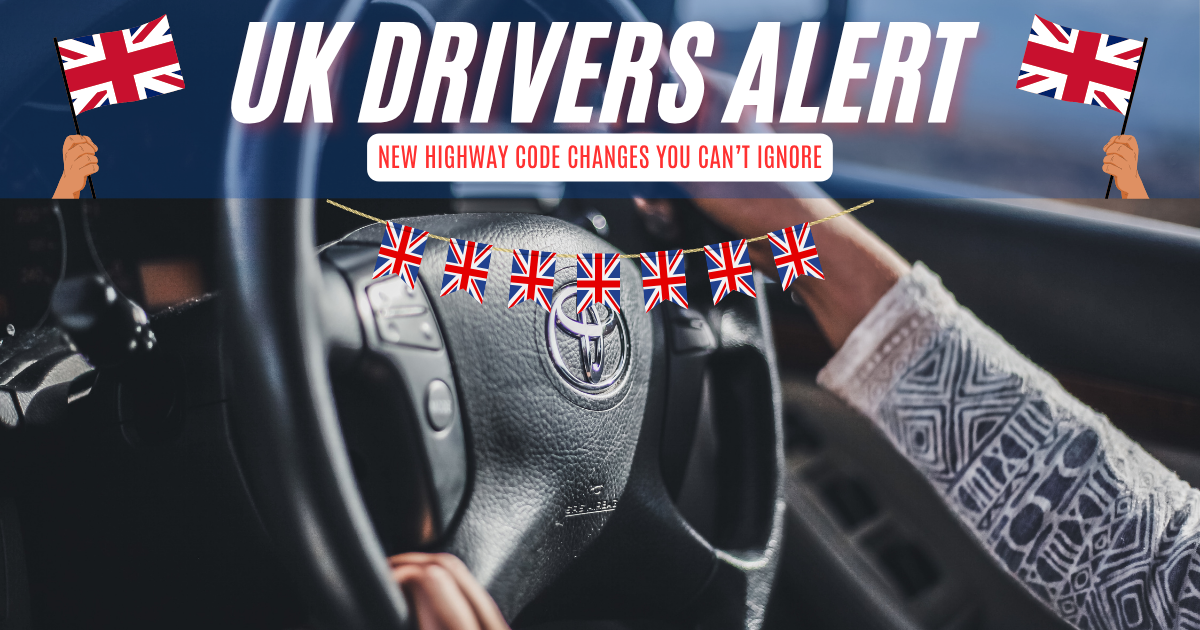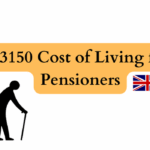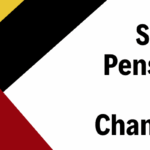UK drivers alert: New Highway Code changes you can’t ignore. To improve road safety for citizens, the UK government made changes to the Highway Code. The major modifications are made to the waiting and parking rules, which will benefit all individuals who walk, cycle, drive, or ride horses. But most drivers still remain unaware of the change in the highway code, which is a dangerous thing. Everyone must be aware of the new changes. To know more about the topic “UK drivers alert: New Highway Code changes you can’t ignore,” read the complete article.
UK Drivers Alert
This article is to alert the drivers about the specific changes made by the UK government to the highway code. But one in five drivers doesn’t know the Highway Code has been modified. There have been significant changes made in the Waiting and Parking (238 to 252). In short, it means that drivers must not park anywhere the curb has been lowered in Scotland. There are new rules about what motorists can and can’t do in certain conditions but research suggests many are unaware or don’t understand them.

Significant modifications relate to the use of phones and when to allow pedestrians to cross. With the new year just around the corner, police hope drivers will take note of the updates. Special rules have been made about the growing use of phones while driving, which is a key factor in many accidents. Also, parking is an issue in every country. People park in the wrong places many times, which leads to public disturbance and sometimes harm to vehicles as well. These changes are made to reduce the number of road crashes, especially in risky areas, such as roundabouts and crossing junctions.
New Highway Code Changes You Can’t Ignore
Here are some key Highway Code changes that every UK driver must be aware of:
Hierarchy of Road Users (Rules H1, H2, H3)
Rule H1 of the Highway Code defines a hierarchy of road users that guarantees that those road users who can do the greatest harm have the biggest obligation to minimize the danger or threat they may pose to other road users. The hierarchy is generally
- Pedestrians, in particular children, older adults and disabled people
- Cyclists
- Horse Riders
- Motorcyclists
Pedestrian Priority at Junctions (Rule H2)
Rule H2 clarifies where pedestrians have the right of way and creates clearer and stronger priorities for pedestrians, especially at junctions. It aims to highlight where road users:
- should give way to pedestrians crossing a road
- must give way to pedestrians on a zebra crossing, and pedestrians and cyclists on a parallel crossing
It creates a new responsibility for drivers and riders to give way to pedestrians waiting to cross a junction (side road) or zebra crossing.
Cyclist Positioning and Priority (H3)
Rule H3 states that a driver should not cut across the path of a cyclist going straight ahead when they are turning into or out of a junction, changing direction, or changing lanes. This suggests that drivers and motorcyclists should not turn at a junction if to do so would trigger the cyclist going straight ahead to stop or brake.
Rule 72: Rule 72 for cyclists will be modified to give advice on road positioning for cyclists to guarantee that they adopt safe cycling behavior. The extra proposed text is “Road positioning. When riding on the roads, there are two basic road positions you should adopt, depending on the situation”.
Waiting and Parking (Rule 238)
You must not stand or park on yellow lines during the times of activity shown on nearby time plates (or zone entry signs if in a Controlled Parking Zone)—’Traffic signs’ and ‘Road markings.’ Double yellow lines represent a restriction of waiting at any time, even if there are no visible signs. You must not wait or park or stop to set down and pick up passengers on school parking markings when visible signs show a ban on stopping.
The “Dutch Reach” (Rule 239)
The “Dutch Reach” technique is named after a method for opening car doors that has been standard practice by the Dutch for many years. It prompts people to use their opposite hand to open a vehicle door, forcing them to turn their body and head when exiting a car. This encourages them to turn their head and look over their shoulder, making them more likely to spot cyclists or pedestrians approaching from behind.



